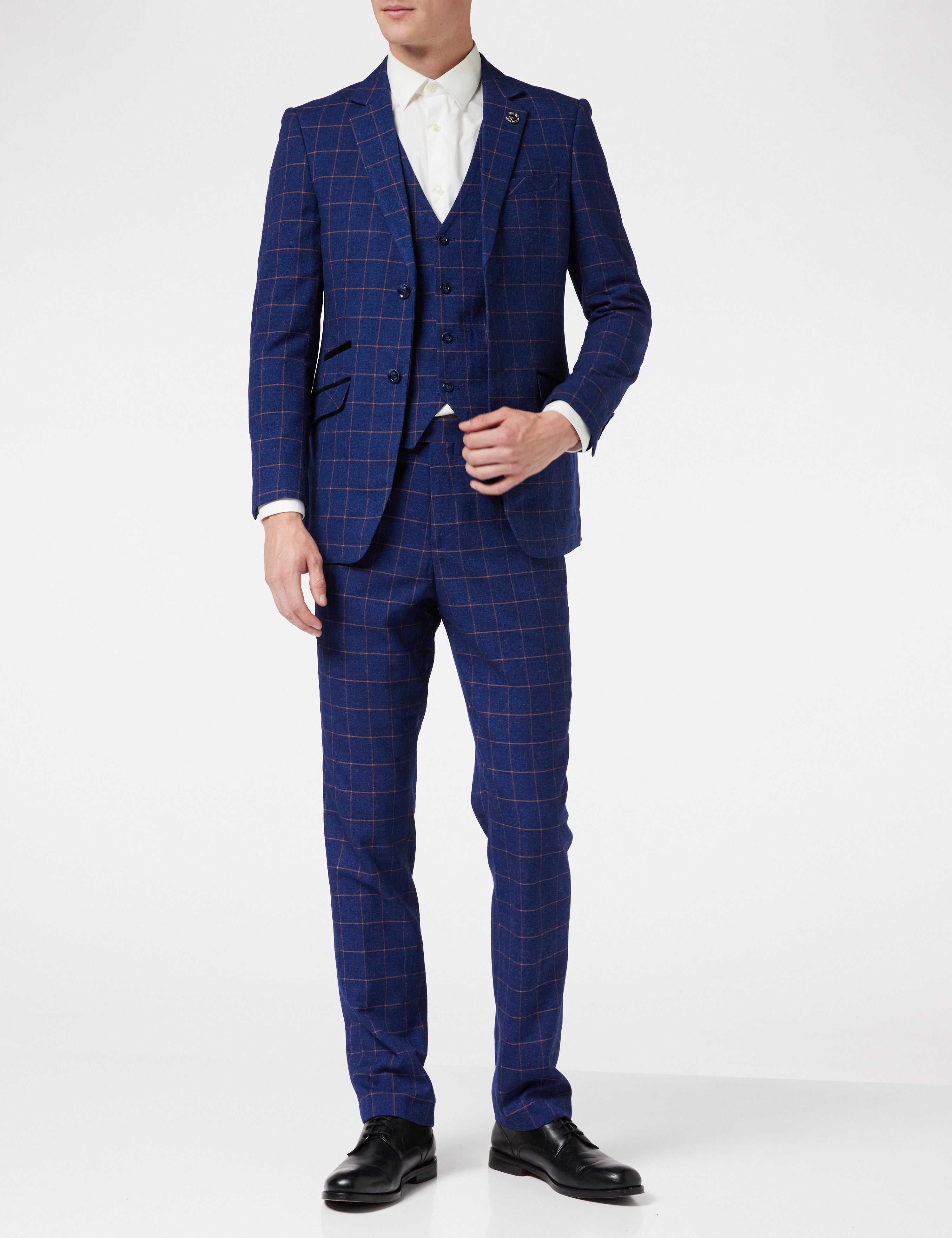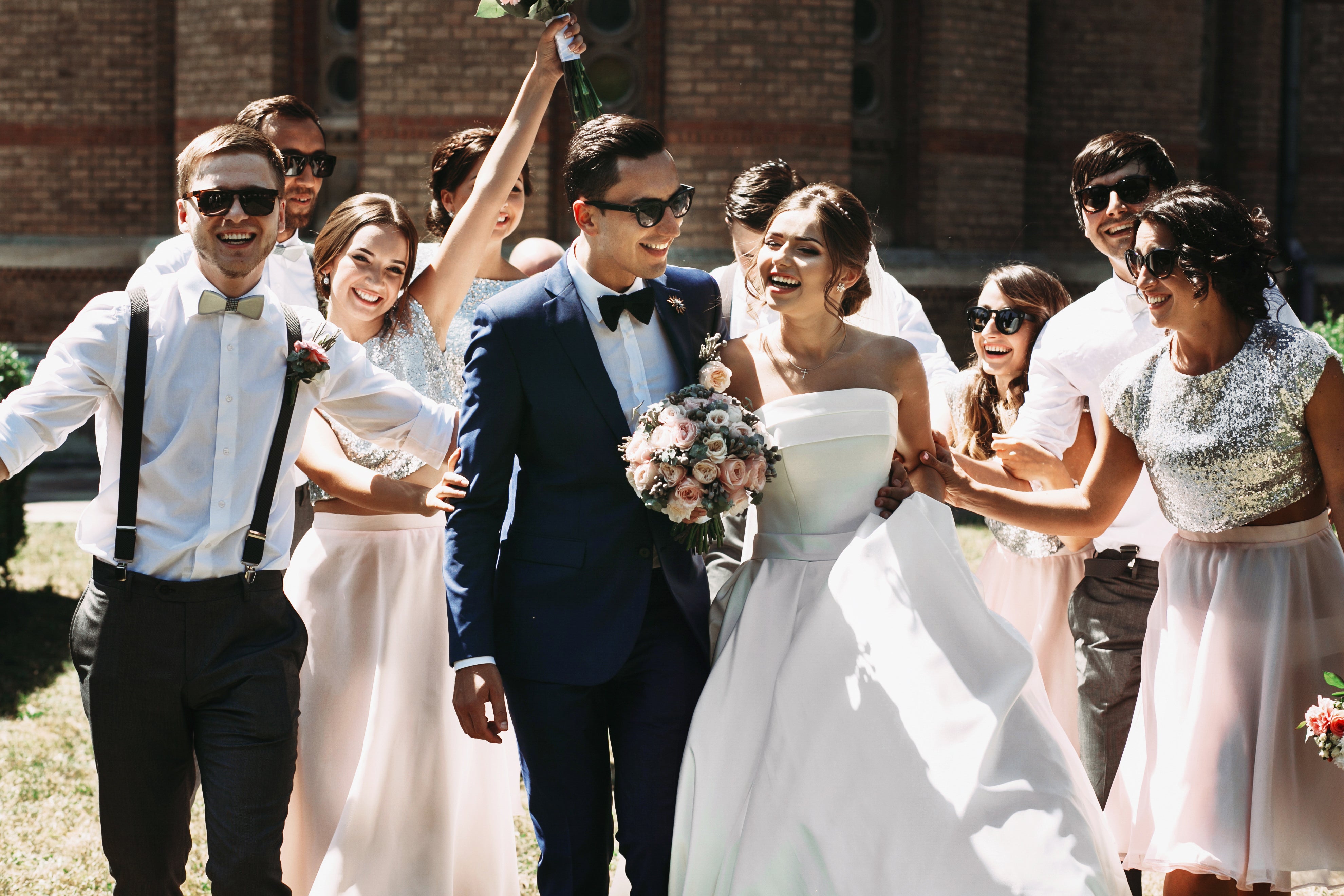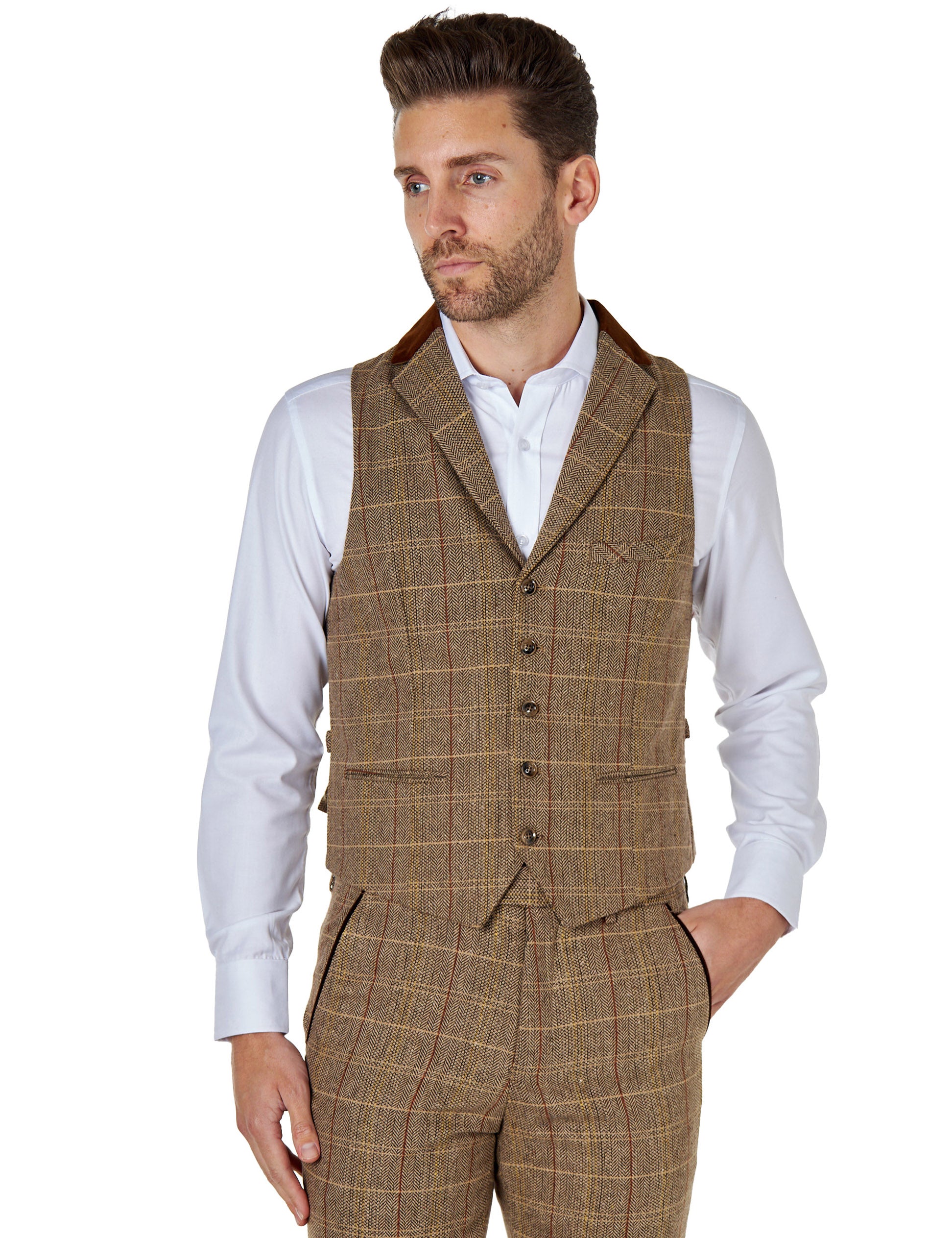The History of the Bow Tie
Bow ties have popped in and out of fashion throughout history, although their place as formal wear seems to be timeless. If you’ve ever wondered where they came from, and how they developed as a garment, read on – we’ve potted their history for you.
Pre-bow tie era: the reign of the cravat
Before the bow tie made its sartorial debut, gentlemen’s neckwear was dominated by the cravat. This precursor appeared in the 17th century, brought into Western fashion by Croatian mercenaries who tied scarves around their necks. By the time of King Louis XIV, the cravat had become an indispensable item in a gentleman’s wardrobe, often made of luxurious materials and intricately knotted to convey social status and wealth.
The birth of the bow tie
The bow tie as we know it emerged in the early 19th century as an evolution of the cravat. During the Industrial Revolution, there was a growing need for practical yet sophisticated neckwear that could stay in place throughout an active day. Enter the bow tie: a neatly tied piece of fabric that offered both formality and functionality. Early forms closely resembled what we would now call a neckerchief, proportionately larger but definitively bow-shaped.
Initially, the bow tie found favour with the upper classes and professional gentlemen. They were hand-tied, and the ability to knot one correctly was seen as a mark of refinement. Bow ties were predominantly worn at formal occasions, combined with frock coats and waistcoats. Traditional colours like black and white predominated, conveying a dignified elegance.
Middle-class to mainstream
By the late 19th and early 20th centuries, the bow tie had trickled down to the middle classes. Men’s fashion became slightly more relaxed, and bow ties began to be worn in everyday settings. They were predominantly worn by professionals – lawyers, doctors, academics – who wanted to present an air of authority and discipline. During this era, bow ties also saw a flourish of design variations, with polka dots and striped patterns becoming popular.
The early to mid 20th century witnessed the bow tie’s rise to mainstream popularity. It was no longer confined strictly to formal or professional attire, but became an accessory that could be donned by any man seeking to add a dash of dapper charm to his appearance.
Famous bow tie aficionados
Bow ties have played iconic roles in both the real and fictional worlds. Winston Churchill was known for his polka-dotted bow ties, which lent him an approachable yet formidable air. The “Rat Pack'' (Frank Sinatra, Dean Martin, Sammy Davis Jr. and others) would always be well turned out in suits and bow ties, which mirrored their slightly scrappy, twinkle-in-the-eye image.
Although the tradition might be about to change, snooker fans are used to seeing their heroes wearing a waistcoat and bow tie, a nod to the formal origins of the game. Award ceremonies and red carpet events see the top gents from stage, screen and stadium sporting their bow tie and dinner suit, looking amazing of course.
If you’re looking for more inspiration, the world of fiction also has its dapper bow-tie wearers, and it’s not just Hercule Poirot. Indiana Jones would wear his when he was in academic mode; James Bond would never be seen in the casino open-necked. And when Dewey Finn wanted to pass himself off as professorial in School of Rock, what essential item did he reach for? You guessed it.
The modern bow tie: quirks and conventions
While bow ties are no longer everyday wear for most men, they steadfastly remain a staple for formal occasions. Black-tie events, end-of-school proms and weddings are where the bow tie continues to shine, usually coupled with dinner jackets or tuxedos. Unique patterns and materials are flourishing in modern designs, with many opting for pre-tied versions for convenience. However, in everyday settings, the bow tie is often deemed quirky and individualistic, embraced predominantly by those seeking to stand out from the crowd.
Tips for rocking a bow tie with class
- Batwing is king: The “correct” way to wear a bow tie is under a batwing collar. Regular shirts can be worn, but only the knot of the tie will be visible – a proper batwing shows the whole tie.
- Master the art of self-tying: Always tie your bow tie yourself. A self-tied bow tie looks much smarter than a quick-on alternative, so learning this skill is essential for any well-dressed gentleman.
- Match your outfit if you’re going colourful: Consider the overall colour palette and patterns of your outfit when choosing a bow tie. A striking solid-colour bow tie pairs beautifully with a patterned shirt, while a patterned bow tie can add zest to a solid-colour shirt.
- Consider the fabric: Choose the appropriate fabric for the occasion. Velvet bow ties are ideal for formal occasions due to their sleek appearance, whereas wool or cotton bow ties provide a more casual, textured finish, suitable for less formal events.
Bow ties: a legacy of elegance
From its origins as a practical yet sophisticated alternative to the cravat to its modern status as a quirky accessory, the bow tie has enjoyed a diverse and dynamic history. It continues to symbolise elegance while evolving to meet contemporary tastes, securing its place as a fashion essential for generations.
So whether you’re dressing for a gala or infusing your daily look with character, the bow tie remains an emblem of timeless style. Now, it’s time to address that overlooked wardrobe essential and find yourself a quality bow tie.










